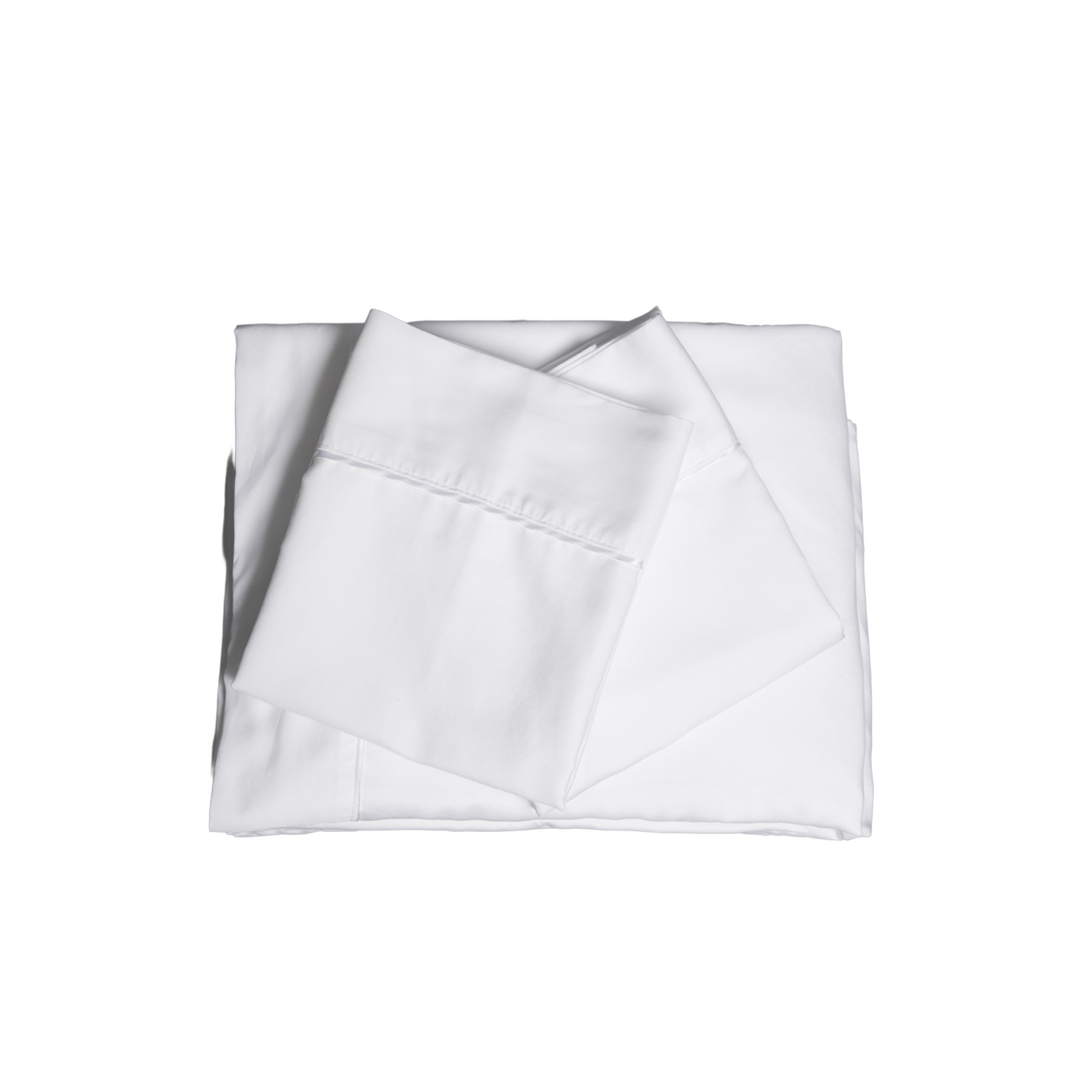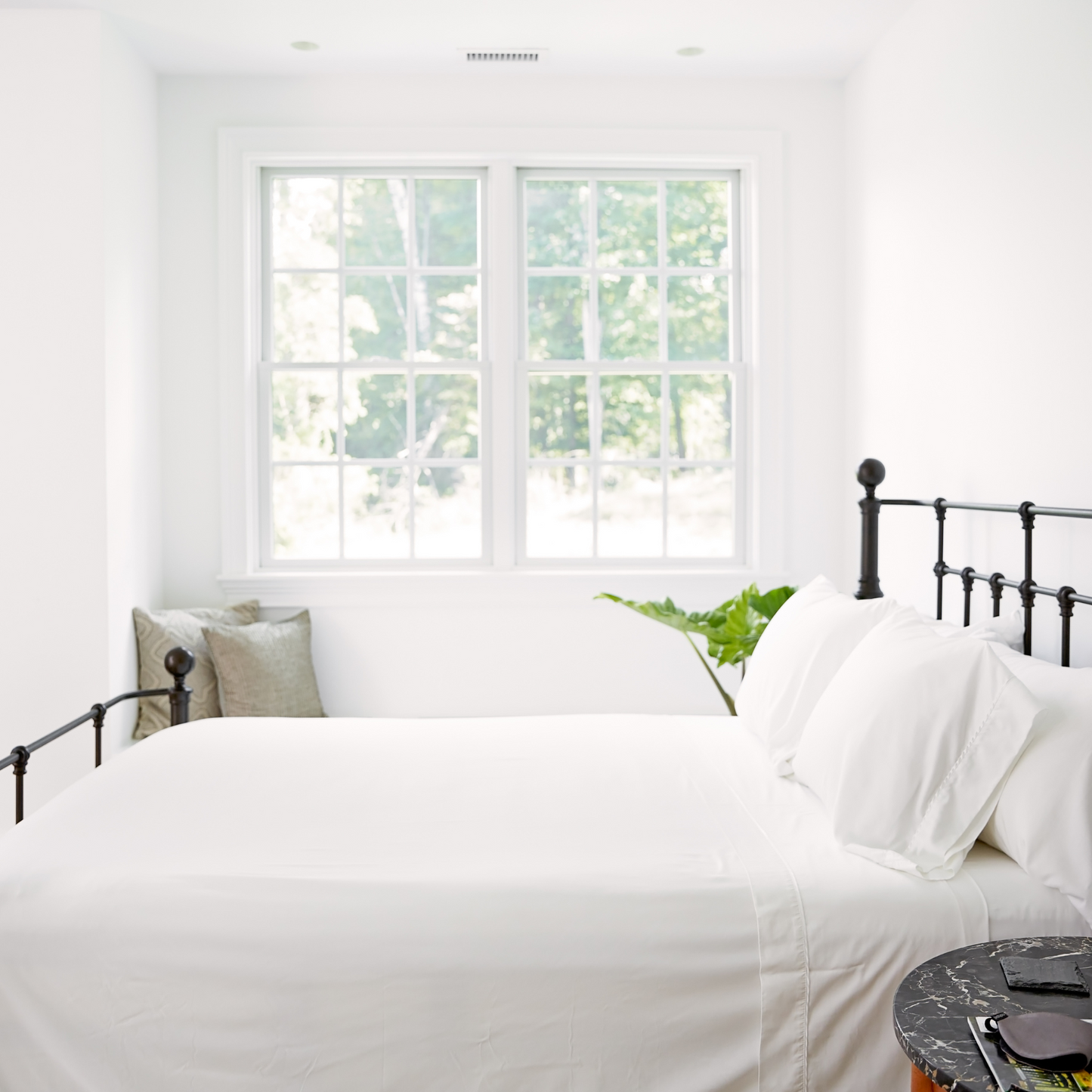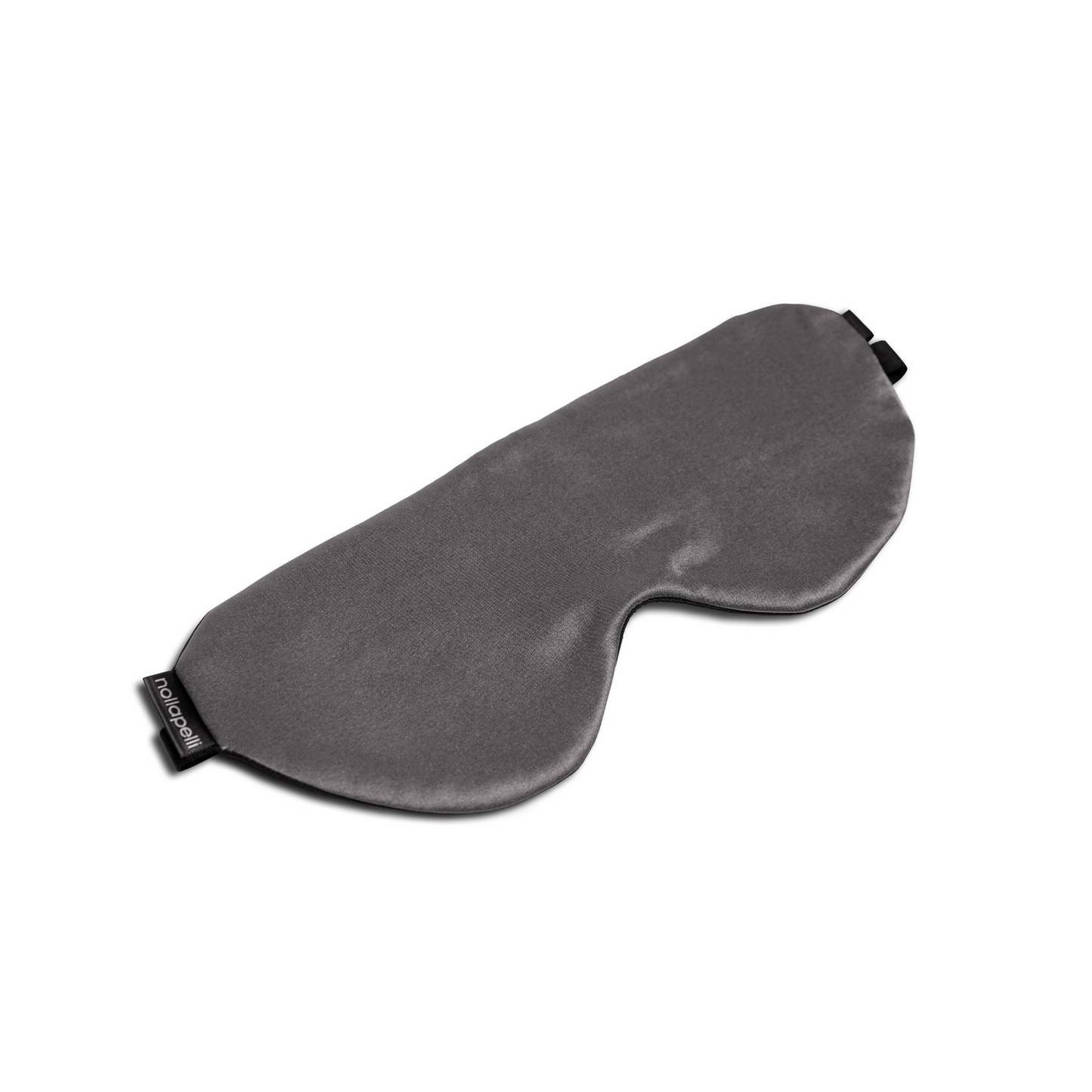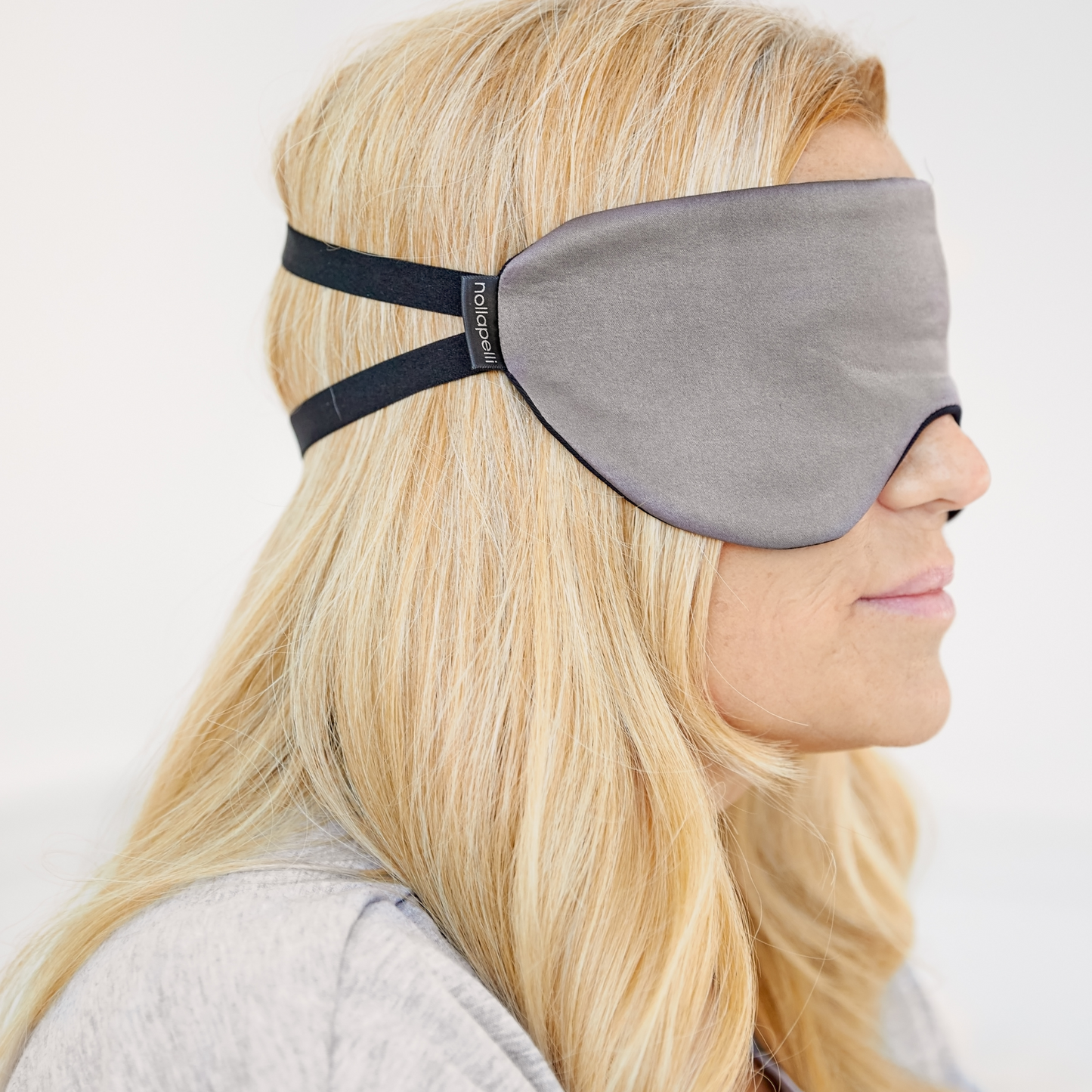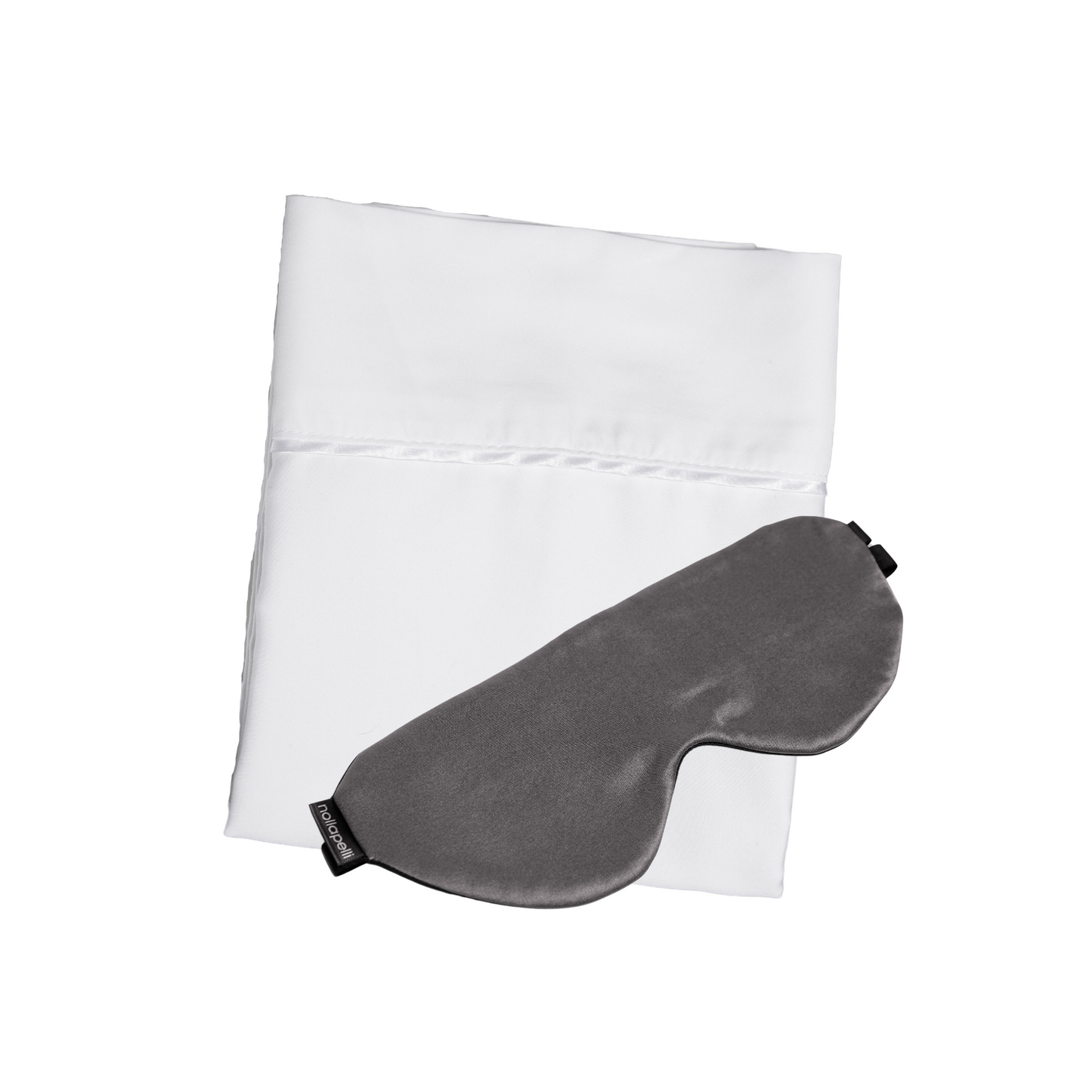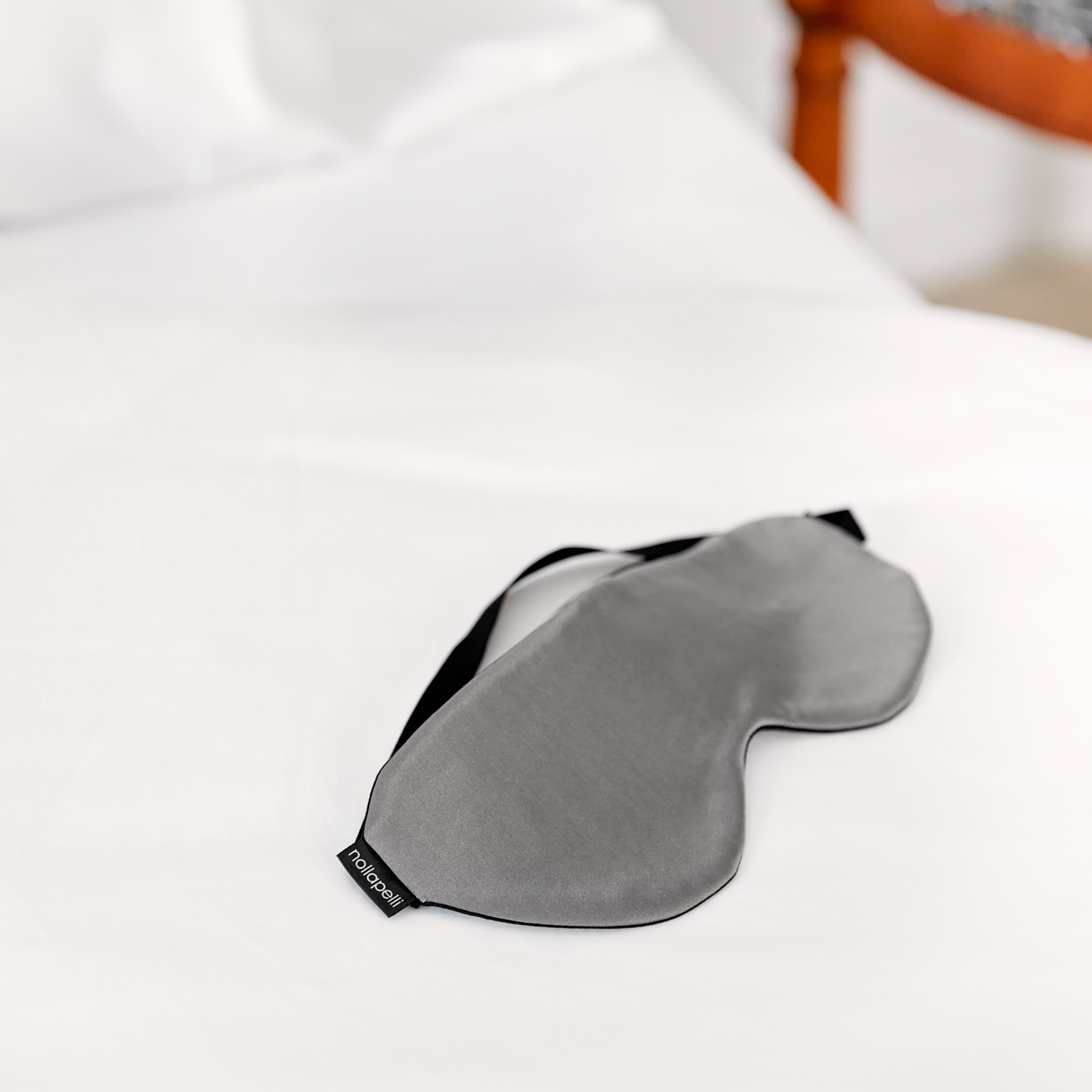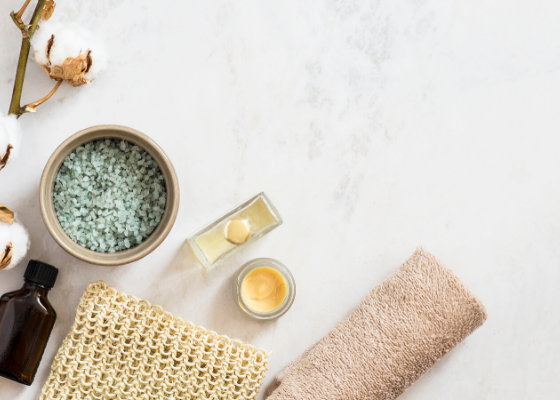
We love investing in our skin, and that is why we love skin brushing, also known as dry brushing. As we prep our skin for summer, it is a simple, worthwhile addition to any skincare routine.
Skin brushing is an ancient practice, with roots in Greek, Japanese and American Aborigine culture. With its detoxifying properties and promise of less cellulite and smoother skin, dry brushing has reached celebrity status over the last few years.
Dry brushing is softly, but firmly brushing the skin in strokes toward the heart, anywhere between two and ten minutes, with a natural-bristle brush. Dry brush before taking a shower, and follow up the shower with a moisturizer.
Dry brushing removes dead skin cells and keeps pores free and clear to perspire freely (perspiring rids the body of waste). It energizes the skin and naturally promotes lymphatic drainage. The lymphatic system removes toxins from the body. Oil glands in the second layer of skin are also stimulated during dry brushing thus bringing natural oil to the skin’s surface. This oil protects the skin and increases elasticity and overall skin health.
Before you dive into this popular wellness practice, here are the dry brushing basics you need to know.
Start your dry brushing journey with a loofah.
If you are new to dry brushing or have sensitive skin, we recommend working up to the brush. Dry brushing can feel harsh at first and even irritate the skin the first few rounds. Beginning with a natural loofah or a natural exfoliating glove allows your skin to adjust to the brushing sensation.
Choose the right dry brush for your skin and conscious.
Once you are ready for the brush, it is important to choose one you feel comfortable with. Look for handles made from natural materials such as bamboo, FSC (Forest Stewardship Council) certified beechwood or renewable cedar. Look for bristles with natural fibers, such as cactus plant or sisal fibers.
There are many dry brushes with natural boar hair for bristles. Natural boar hair has been used for centuries. It is most commonly seen in hairbrushes, as it promotes healthy hair growth through its unique ability to carry sebum from the scalp to the ends of hair. Basically, boar hair in brushes was conditioning before conditioners. If purchasing a dry brush with natural boar hair, be mindful on how the product is made to ensure it is cruelty-free.
You do not have to apply as much pressure as you think when dry brushing.
When dry brushing you need only apply a light pressure to reap the benefits. Too much pressure can cause irritation and dry out the skin. As we learned from Patrick Chan of LING Skincare, intense exfoliation is ingrained in our Western wellness culture. It’s time to change that mindset. Harsh exfoliation is not the point of dry brushing. Also, stay clear of rashes, blemishes or other cuts in the skin. Dry brushing over them may cause further irritation.
Always dry brush on dry skin.
This may go without saying, but the exfoliating benefits of dry brushing does not work if you brush on wet skin. Do not dry brush in the shower, do it right before.
Do not dry brush before bed.
Dry brushing invigorates and “wakes up” the skin, therefore it is not an activity to do right as you are winding down. If your shower or bath falls before bedtime, your skin should have enough time to recover before you slip into your sheets, but ideally you would want to dry brush in the morning before a morning shower or bath.
There is no right way to dry brush.
There are skeptics about the benefits of dry brushing. But, to us, it just feels damn good. Dry brushing is meant to be refreshing and relaxing. It is a chance to take care of your skin, and in turn, calm your mind. Do not get too caught up in the technique. There are different options out there about not brushing toward the heart or how much pressure to apply. The key is to listen to your body, and enjoy this slice of time set aside for you and your skin.
Want another great investment for your skin that is even less of a time commitment than dry brushing? We got you covered.

